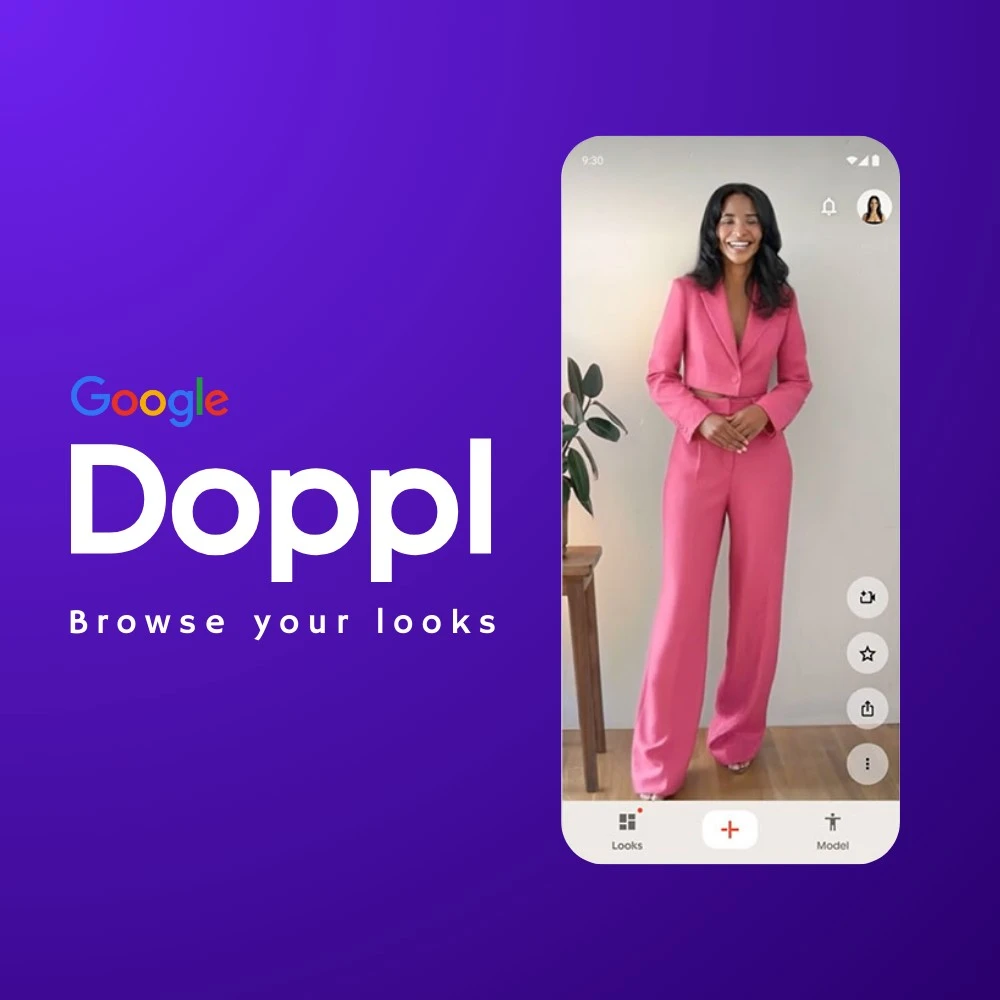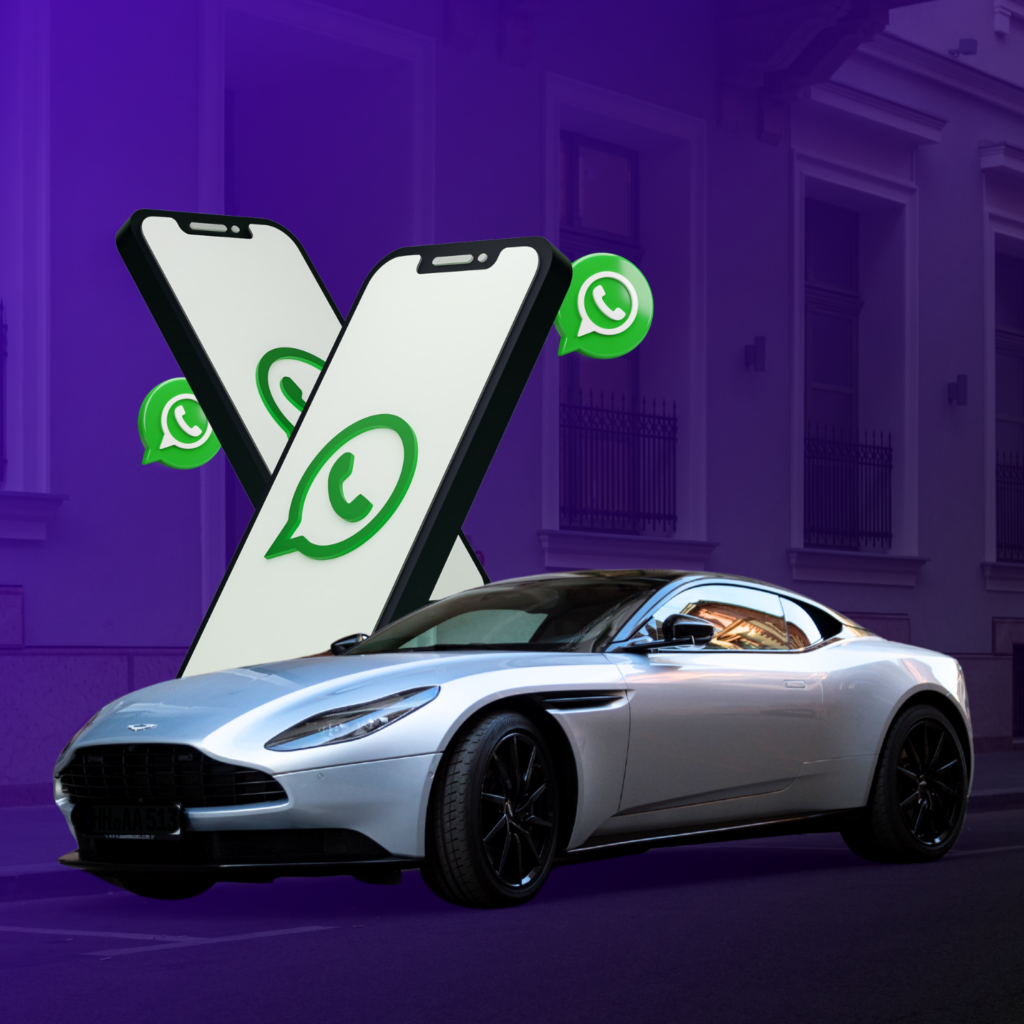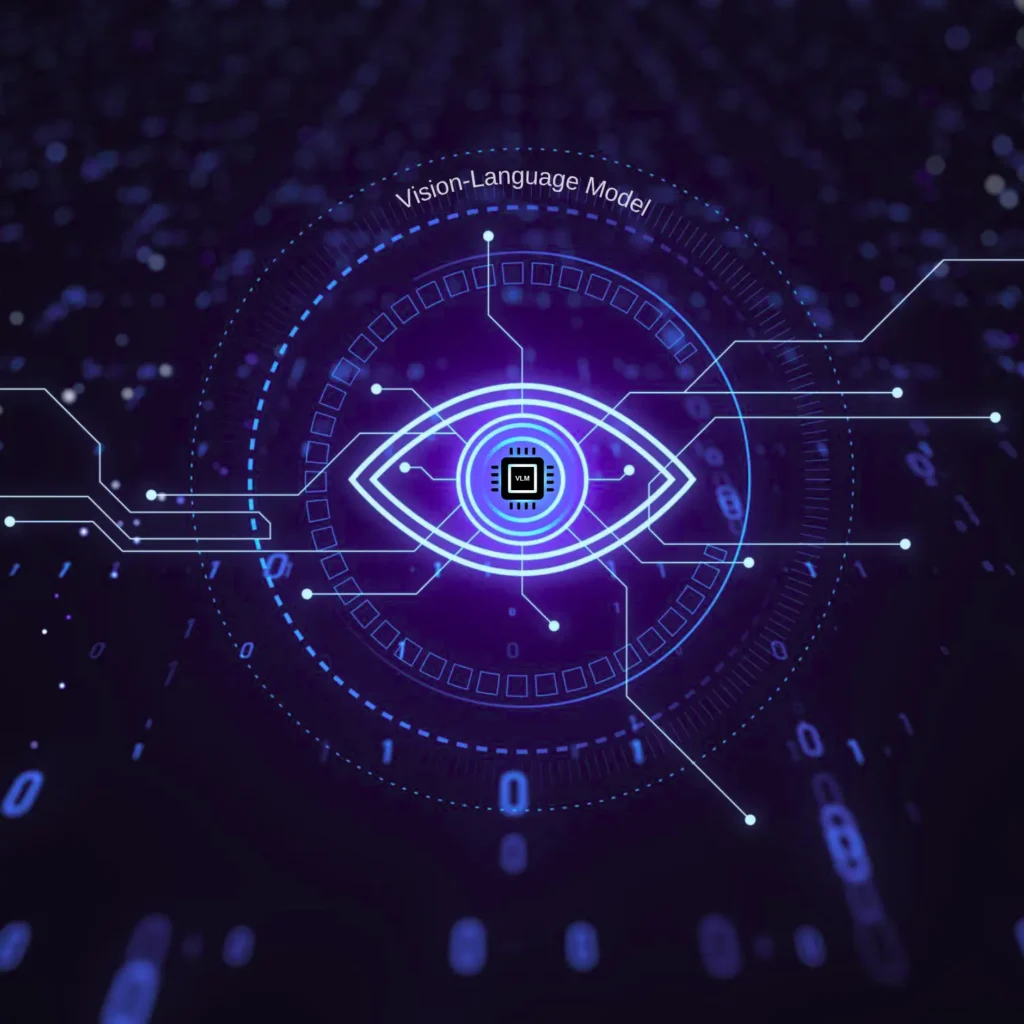Envision immersing your audience in a captivating narrative realm, where they can physically navigate and interact with your brand’s story. This approach is known as spatial storytelling and it surpasses traditional marketing ways by creating an engaging experience.
With spatial storytelling, you create these immersive 3D environments using technology. You can craft entire cities, landscapes, buildings—whatever fits your story. Then people can wander through those spaces and uncover the narrative. It’s a great tool for marketing
Now, why is spatial storytelling so awesome for marketing, you ask? Well, it allows brands to connect with audiences in powerful new ways. Your marketing can be an experience rather than just an ad. The messaging resonates stronger because they’re truly immersed.
It also grabs attention well in our distracted, crowded world. How many standard ads or websites do we glaze over daily? When your marketing achieves that, driving real results becomes much easier.
One should know spatial storytelling for sales and engagement. For beginners, it makes your brand’s story and offerings tangible in vivid 3D. Customers can explore products from every angle before buying. Seeing is believing, as they say – this builds trust.
What is Spatial Storytelling?
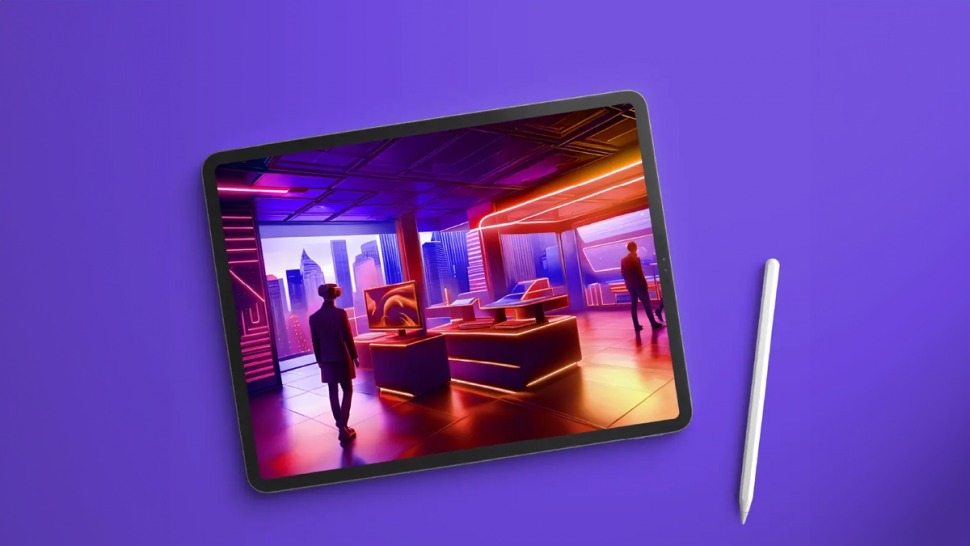
Spatial storytelling means using real physical spaces to tell stories. It creates experiences that pull people into brand narratives. It uses creative design and arrangement of physical environments. This allows customers to connect with brands more personally. Spatial storytelling takes customers on immersive, memorable journeys engagingly.
Thoughtful use of architecture, layouts, textures, and sensory elements conveys stories. Graphics, props, and technology also play key roles powerfully. Spatial storytelling takes advantage of multiple senses deliberately. Sight, sound, smell, and touch—all enhance narrative impact tremendously.
Physical spaces become the actual storytelling canvases and mediums. Transitions between areas and purposeful paths guide the narrative flow. Spatial storytelling environments are highly intentional and compelling holistically. They transport customers into different experiential realms narratively.
Key Elements of Spatial Storytelling
Storytelling is powerful as it connects with people on an emotional level. It lets marketers surpass traditional ad boundaries by bringing stories into the tangible world and allows audiences to become active participants.
Plot
A plot outlines the events that move a story along. For brands, it’s the customer’s journey – their problem, the solution, and the transformation and a well-structured plot keeps audiences hooked on the brand message.
Setting
The setting provides context and atmosphere to improve stories. A brand’s environment, culture, and context become the backdrop and vivid settings improve brand narratives for deeper memorability.
Conflict
Conflict propels stories by creating tension and intrigue. Brands face external challenges or internal struggles where resolving conflicts demonstrates a brand’s problem-solving prowess.
Point of View
Point of view determines the storyteller’s perspective and a brand’s POV shapes audience communication. The right POV ensures authenticity and consistency.
Tone
A brand’s tone reflects its personality and voice. That’s why it’s important to maintain consistent tones across channels to strengthen brand identity.
Spatial storytelling incorporates these narrative elements innovatively.
Examples of Successful Spatial Storytelling Campaigns
1. Gucci x The North Face:
Campaign Theme: Exploration and discovery
This collaboration tapped into the real-life passions of influencer Francis Bourgeois – a trainspotter with authentic enthusiasm for steam trains. His vintage-loving personality aligned perfectly with the campaign’s adventurous theme.
Through spatial marketing, they brought Bourgeois’s trainspotting escapades to life vividly. Event setups immersed guests in atmospheric train stations from bygone eras. The sights, sounds and smells transported people to train journeys of old. Bourgeois shared anecdotes, building an emotional storyline around exploration and discovery.
Audiences developed a profound connection with the shared narrative. They didn’t just see the products – they experienced the adventurous spirit behind them. An immersive world sparked emotions more powerfully than traditional ads.
2. Van Leeuwen Ice Cream Sundae Truck:
Campaign Theme: Fun, nostalgia and accessible indulgence
This artisanal brand brought back childhood ice cream truck nostalgia wonderfully. A cheery yellow vintage truck hit NYC streets, dishing out free ice cream sundaes. The bright, playful visuals instantly sparked joy and memories.
But clever spatial storytelling amplified the experience deliciously. Friendly “ice cream humans” dished out scoops enthusiastically. Passersby became part of the scene, sharing in each other’s delight. Simple moments connected audiences to Van Leeuwen’s brand story emotionally.
Impact of Spatial Storytelling on Engagement
Storytelling humanises brands by going beyond just product specs and benefits. It brings in characters, conflicts, and how they get resolved – connecting emotionally. Take Apple’s iconic “1984” Super Bowl ad as an example. It didn’t simply showcase a computer but told a story of rebellion against conformity. That narrative struck a chord, making Apple more than a tech brand—a symbol of creativity and individuality.
Creating Emotional Bridges
Stories tap into emotions, and emotions drive people to engage more. When brands share stories audiences can relate to, they’re tapping into universal feelings like joy, nostalgia, fear, or hope. Coca-Cola’s “Share a Coke” campaign is a prime example.
Personalising bottles with people’s names made it about more than just beverages. It was about sharing special moments and connections. People are excitedly engaged by finding their names or sharing personalised Coke bottles with others.
Immersive, cohesive narratives foster deep brand loyalty among audiences. The Harry Potter universe exemplifies this incredibly well. From books to movies to theme parks – each piece further builds an intricate, magical story world fans want to belong to. Brands able to craft rich, unfolding narrative experiences across multiple channels cultivate highly devoted fan communities.
Encouraging User-Generated Content and Social Sharing
Spatial storytelling doesn’t just engage audiences—it encourages active participation too. When they become part of the narrative story – like exploring history through AR, virtually touring museums, or hands-on product experiences – they feel a much deeper connection. This emotional investment motivates them to eagerly share their experiences across social media, creating an organic ripple effect. As these user-generated stories spread, brands’ reach expands naturally.
Moreover, spatial storytelling builds a powerful sense of community among participants. By collectively contributing to and shaping a brand’s overarching narrative, users feel invested. They’re not passive consumers, but active co-creators. This ripple effect amplification maximises digital impact cost-effectively.
Leveraging Spatial Storytelling for Sales Growth
Increasing Conversion Rates through Interactive Experiences
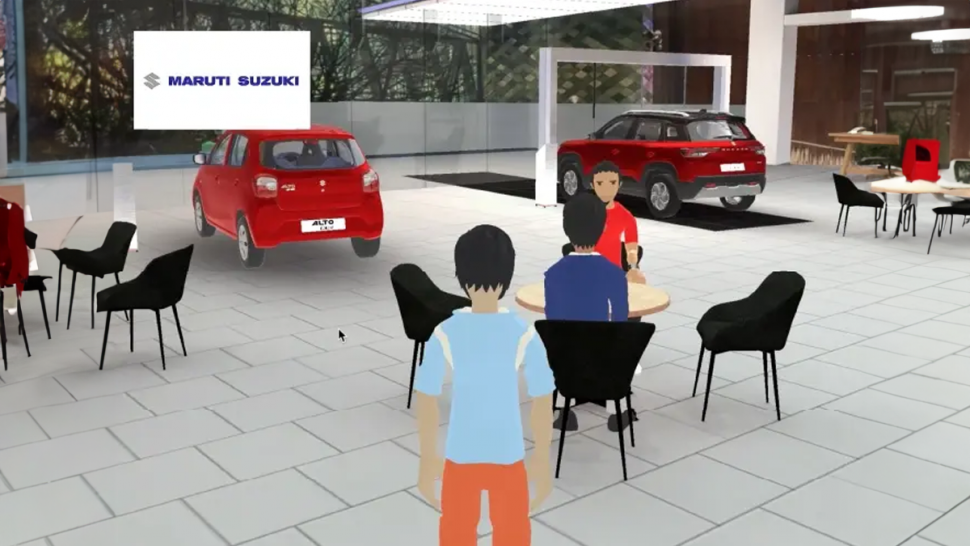
Spatial storytelling, when combined with interactive elements, can significantly improve conversion rates for businesses. Here’s how:
- Engagement: Interactive experiences capture attention and keep users engaged. Whether it’s an augmented reality (AR) app in a physical store or a 3D virtual tour online, these immersive encounters encourage users to explore further.
- Personalization: Spatial storytelling allows custom experiences. For instance, an interactive map in a retail app can guide users to specific product sections, providing personalised recommendations based on their preferences.
- Emotional Connection: Interactive elements evoke emotions. When users emotionally connect with a brand story (e.g., a virtual tour of a vineyard), they are more likely to convert into customers.
- Call-to-Action Integration: Spatial storytelling seamlessly integrates calls-to-action (CTAs). For example, an interactive display in a store can prompt users to scan a QR code for exclusive discounts or access additional product information.
Driving Traffic to Physical and Online Stores
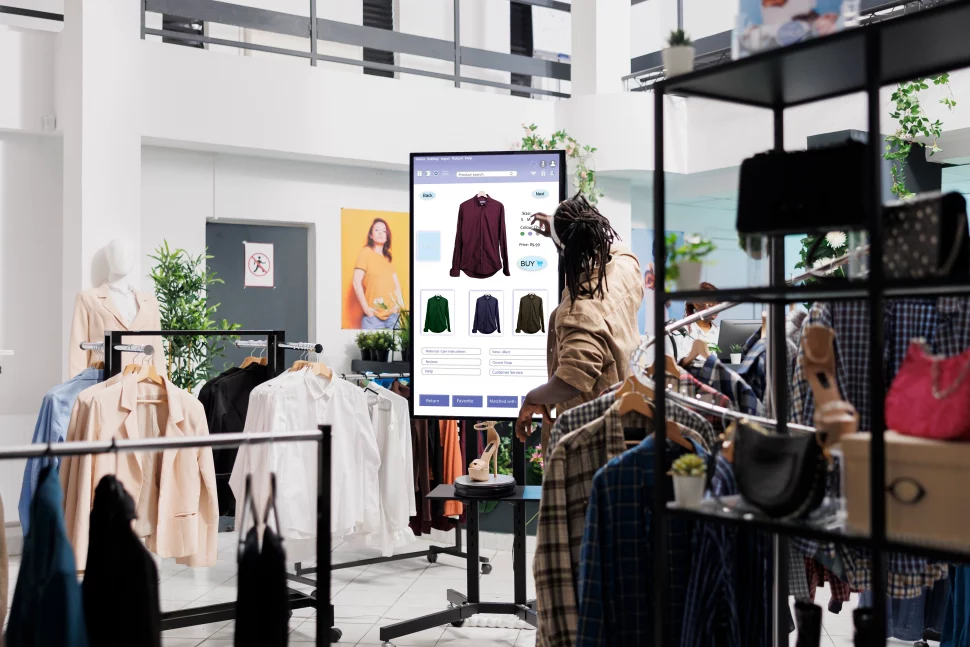
Spatial storytelling serves as a powerful tool to drive foot traffic and online visits:
- In-Store Navigation: Interactive maps and AR apps guide customers within physical stores. By enhancing the shopping experience, they encourage more visits.
- Virtual Storefronts: Online platforms benefit from virtual storefronts. These 3D or VR experiences allow users to explore products as if they were physically present, driving traffic to e-commerce sites.
- Local SEO Optimization: Spatial storytelling improves local search visibility. When users search for nearby stores, businesses with engaging spatial content rank higher.
- Social Media Integration: Shareable spatial experiences create buzz. Encourage users to visit by promoting interactive content on social media platforms.
Building Brand Loyalty and Repeat Customers
Spatial storytelling fosters brand loyalty and encourages repeat business:
- Memorable Experiences: Interactive spatial content leaves a lasting impression. Customers associate positive memories with the brand, leading to loyalty.
- Consistent Brand Story: Spatial storytelling ensures consistent messaging across channels. Whether in-store or online, users encounter the same brand narrative, reinforcing loyalty.
- Emotional Resonance: Spatial storytelling for engagement is necessary as it evokes emotions. Brands that connect on an emotional level build stronger bonds with customers.
- Exclusive Content: Offer exclusive spatial content to loyal customers. Virtual tours, behind-the-scenes glimpses, or personalised AR filters create a sense of exclusivity.
Spatial Storytelling Across Industries
Spatial storytelling is revolutionizing how we experience and interact with all kinds of industries. This immersive technology allows companies to transport audiences into entirely new narrative worlds.
1. Retail: Virtual Try-On Features
With a few innovative marketing strategies with spatial storytelling, the retail world is revamping the shopping experience. Brands are integrating AR and 3D modelling to boost customer engagement awesomely. Just imagine being able to virtually try on clothes, accessories, or makeup before buying – game-changer!
Eyewear companies like Warby Parker are nailing this with their AR tech that lets you see different frame styles on your actual face. It’s like trying them on for real without leaving home.
This immersive experience doesn’t just make decision-making easier – it bridges the gap between online and in-store shopping brilliantly. By visualising products in a real-world context, customers can confidently choose items that genuinely suit their style and vibe.
2. Real Estate: Virtual Property Tours
Real estate is another field embracing spatial storytelling in such a smart way through virtual property tours. Potential homebuyers can now explore properties remotely in stunning 3D using interactive tours. It’s like being able to walk through rooms, check out layouts, and feel the space’s ambience – all from your couch!
Just think – someone in Varanasi could virtually view every nook of a property in Mumbai seamlessly. These tours give a better understanding, improving visualisation tenfold over basic photos or videos. They empower buyers to make decisions, which is huge for real estate pros showcasing properties effectively to clients across the globe.
3. Entertainment: Immersive Movie Experiences
Spatial storytelling has transformed entertainment, especially for movies and games. Filmmakers and developers are using techniques like 360-degree video, VR, and interactive narratives to create mind-blowingly immersive experiences. Just imagine watching a movie where you can turn your head to explore different angles within each scene or feel like you’re right there in the thick of the action.
For gaming, spatial storytelling transports players into richly detailed worlds where they can genuinely interact with characters, objects, and environments. Viewers become active participants, blurring the lines between fiction and reality in the most captivating way.
4. Tourism: Digital Storytelling in Cultural Heritage
The tourism industry is also leveraging spatial storytelling powerfully for virtual travel and destination marketing. Due to interactive digital platforms, you can now explore famous historical sites, museums, landmarks and more from the comfort of your own home.
But the cool part is how many experiences co-create narratives with local communities to provide authentic cultural understandings. Someone in Mumbai could take a self-guided tour of Spain’s Alhambra, learning all about its rich history, breathtaking architecture and cultural significance straight from locals.
Case Studies: Successful Implementation of Spatial Storytelling
1. IKEA Place
IKEA Place is an augmented reality application revolutionising furniture shopping. The app allows users to virtually place IKEA furniture in their homes by superimposing 3D product models onto real spaces using smartphones or tablets. Customers can visualise how different pieces would look and fit before purchasing.
The AR technology also renders fabric textures, lighting, and shadows realistically to show accurate environmental interaction. But IKEA Place integrates the entire shopping experience – users capture virtual settings, share with friends, and then purchase those products through the local IKEA website.
IKEA Place simplifies buying decisions and enhances digital engagement seamlessly. It exemplifies bridging the gap between browsing online and physical retail through transformative AR experiences. They use right marketing strategies with spatial storytelling and revolutionise shopping across industries by immersing customers in relatable, personalised product visualisations.
2. Pokémon GO
Pokémon GO disrupted gaming and advertising by capitalising on geolocation and AR. The mobile game encourages players to physically explore the real world to find and catch virtual Pokémon characters. It uses GPS data and real-world maps to place Pokémon at specific locations. Players must travel to those places to encounter and capture them.
The game also features PokéStops and gyms at certain geographic points. This drove foot traffic as players ventured to those locations. Businesses near PokéStops saw increased customers as a result. For advertisers, this enabled location-based ad opportunities by serving promotions when players were near sponsored stores or locations.
3. National Geographic
National Geographic employs virtual reality to immerse audiences in natural wonders. Explorer Martin Edström uses 360-degree and VR optical tech to transform photographs into digital experiences. His VR videos of Vietnam’s massive Hang Son Doong cave raised awareness, leading to increased protection efforts for the area.
Edström’s VR captures of Sweden’s High Coast region connect viewers to that landscape’s beauty. National Geographic’s immersive VR experiences allow people to step directly into the stories. This enables empathy and inspiration to care for our planet by virtually transporting viewers to remote environments.
The use of spatial storytelling through VR enables National Geographic to make a powerful impact. Viewers don’t just observe from a distance – they become fully present within the narratives.
Conclusion
Spatial storytelling in marketing is a very efficient channel that marketers use these days. It engages audiences fully and fixes attention as well as keeps viewers involved.
Spatial storytelling for engagement is essential to the narrative, when the user tries to virtually fit furniture or to discover a historical site, they create a stronger connection with the brand or product. Besides that, spatial storytelling makes it possible for brands to customise the experiences the way people like them.
The personalised virtual home tours or the place-based ads, both of which appeal to each consumer, make the pitch relevant and powerful. This is fundamental and indeed crucial in new marketing.
In a digital world where a lot of brands are competing, spatial storytelling also differentiates brands. It’s a subtle mechanism of advertisement that takes advantage of the consumer’s attention by presenting eye-catching ways of showcasing products, services or destinations.
Spatial storytelling in marketing is very promising as the technology evolves. As AR and VR solutions keep on evolving, tactile feedback and wearable integration will be the next development phase, giving limitless possibilities to marketers.
With DaveAI, creating a spatial story for your brand is super-easy. Use DaveAI to create AI-powered virtual avatars, immerse your audience in a digital world and achieve much more beyond storytelling. Check out DaveAI now.
